In this review we take an in-depth look at Laowa’s minuscule 85mm F5.6 2x Ultra Macro lens.
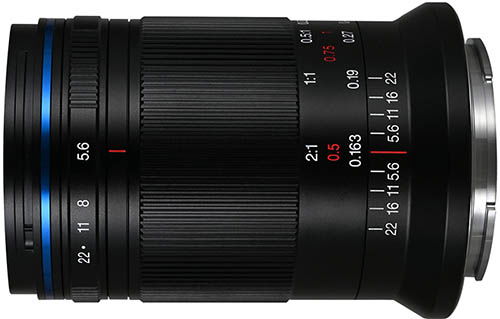
Table of Contents[Hide][Show]
Introduction
What sets this lens aside is not its focal length: 85mm is not exactly common for macro, but is very close to the ubiquitous 90mm. The Laowa lens is unique because it combines 2x macro capabilities alongside a diminutive size. This is achieved by limiting the maximum aperture to F5.6, whereas macro lenses typically propose F2.8.
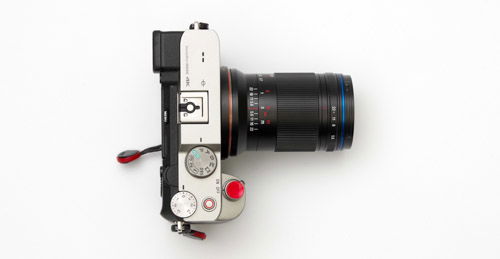
This is far from typical, but it does make sense. Laowa already proposes 4 macro lenses for the E mount (3 for full frame, one only for APS-C). Adding yet another lens with similar capabilities wouldn’t be particularly useful. The company decided to follow its recent trend of proposing small-size lenses. Since macro is rarely done with wide apertures, eschewing apertures larger than F5.6 isn’t much of a compromise. It means that the 85mm is a specialized lens, however, not suited for much apart from macro.
Like other Laowa lenses, the 85mm proposes a beautiful, metal body. It only offers manual controls.
In this in-depth review, we will take a look at all the technical and artistic parameters which help to define a lens. Read on to find out everything there is to know about the Laowa 85mm F5.6 2x Ultra Macro!
Check Price for the Laowa 85mm F5.6 2x Ultra Macro APO
At: Venus Optics | B&H Photo
Specifications
| Lens Name | Laowa 85mm F5.6 2x Ultra Macro APO |
| Optical formula | 13 elements in 9 groups |
| Image circle | Full frame |
| Field of view diagonal | FF: 28.6° APS-C: 18.8° |
| Aperture range | F5.6/F22 |
| Aperture blades | 7, curved |
| Aperture ring | Yes |
| Max magnification | 2x |
| Minimum focus distance | 163mm |
| Internal focus | Yes |
| Filter thread diameter | 46mm |
| Lens cap | Plastic, clip-on |
| Lens hood | Removable cylinder |
| Diameter x Length | 53 x 81 mm (2.1 x 3.2 in) |
| Weight | 291 g (10.3 oz) |
| Price (US MSRP) | $499 |
Construction and Handling
In this section, we take a look at the physical characteristics of the Laowa 85mm F5.6.
Front Element
The front of the lens bears its name, filter diameter and serial number. The glass takes up a relatively small part of the total front surface.
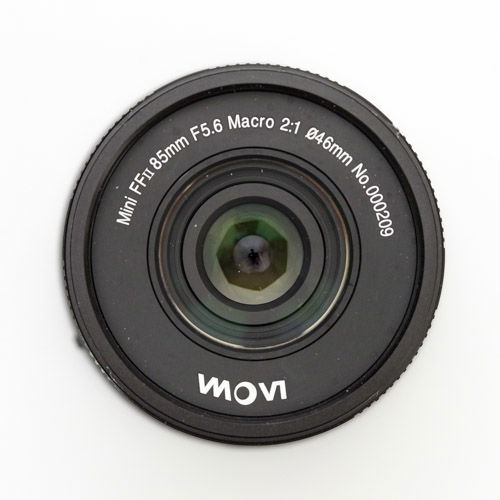
The lens uses a small 46mm filter thread. This diameter is less common than 49mm.
The lens cap is plastic.
Lens Body
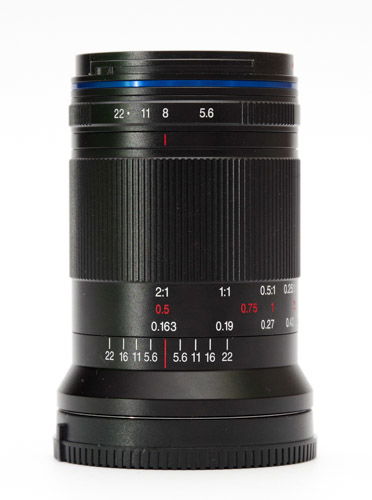
The Laowa 85mm has a minuscule body. It is also light weight, despite being made of metal.
The bottom of the body, features an alignment dot. The main part of the lens is actually narrower than the FE mount. The first element encountered is the focus reference line and hyperfocal markings. Those markings will actually be useful, because they are available for 4 apertures: F5.6, F11, F16 and F22. Only F8 is missing, likely because of limited space.
Above is the focus ring, which takes up almost all of the length of the lens. The top section is ribbed for easy handling, and the bottom features markings in meters and feet, as well as magnification ratios.
The aperture ring is towards the front. It is quite narrow, but still easy to handle. It only clicks for full aperture steps, even though it can be used for intermediate settings. The ring cannot be de-clicked.
The top features Laowa’s blue ring.
The lens does not extend when focusing.
The lens proposes no seals against dust and moisture.
Aperture
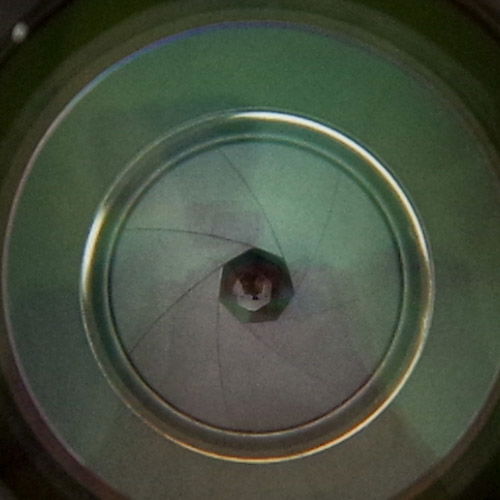
The Laowa 85mm uses 7 curved aperture blades. As can be seen above, the curvature is moderate, and mostly manifests at wider apertures.
Lens Mount
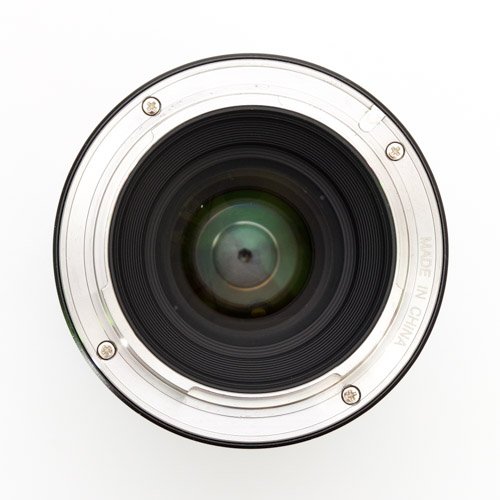
The lens mount is metal. It is featureless, without any type of coupling.
Lens hood
The lens ships with a metal lens hood. The hood is a cylinder, and reverses for storage. It is a bit finnicky to clip in place. When reversed, it covers completely the aperture ring, making the lens near-impossible to operate. This is a drawback to the design.
Mounted On Camera
The Laowa 85mm is an excellent fit for smaller cameras such as the Sony A7C.
Side by side
Here is the Laowa 85mm next to the Tamron 28-75mm and the Tamron 20mm. It is dwarfed by the Tamron, which is often regarded as a compact lens.
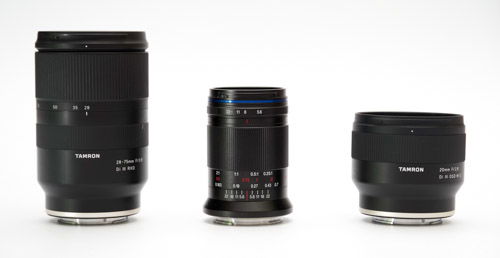
Focusing
The Laowa 85mm F5.6 is a fully manual lens, and this includes focus.
As with other Laowa lenses, manual focus with the 85mm Macro is superb. Nicely dampened, precise, the lens allows accurate setting of the focus distance. The long throw (around 150°) provides the desired precision. The ring is easy to find since it takes up most of the length of the lens.
General Image Quality
Before diving into the technical aspects of this review, let’s have a look at the more subjective elements which can make or break an image.
Field of View
85mm is a comfortable focal length for macro. It allows users to get far away from the subject. However, when using the lens’ most extreme magnification, it WILL get quite close to the subject.

The lens is designed for macro, but can serve for other purposes. It does offer infinity focus, and its compact size makes it easy to carry around. General use with 85mm lenses typically revolves around portraits, with narrow fields of view seen as desirable. The F5.6 maximum aperture will hinder this, of course, but the Laowa 85mm can still serve as a general-purpose short tele.
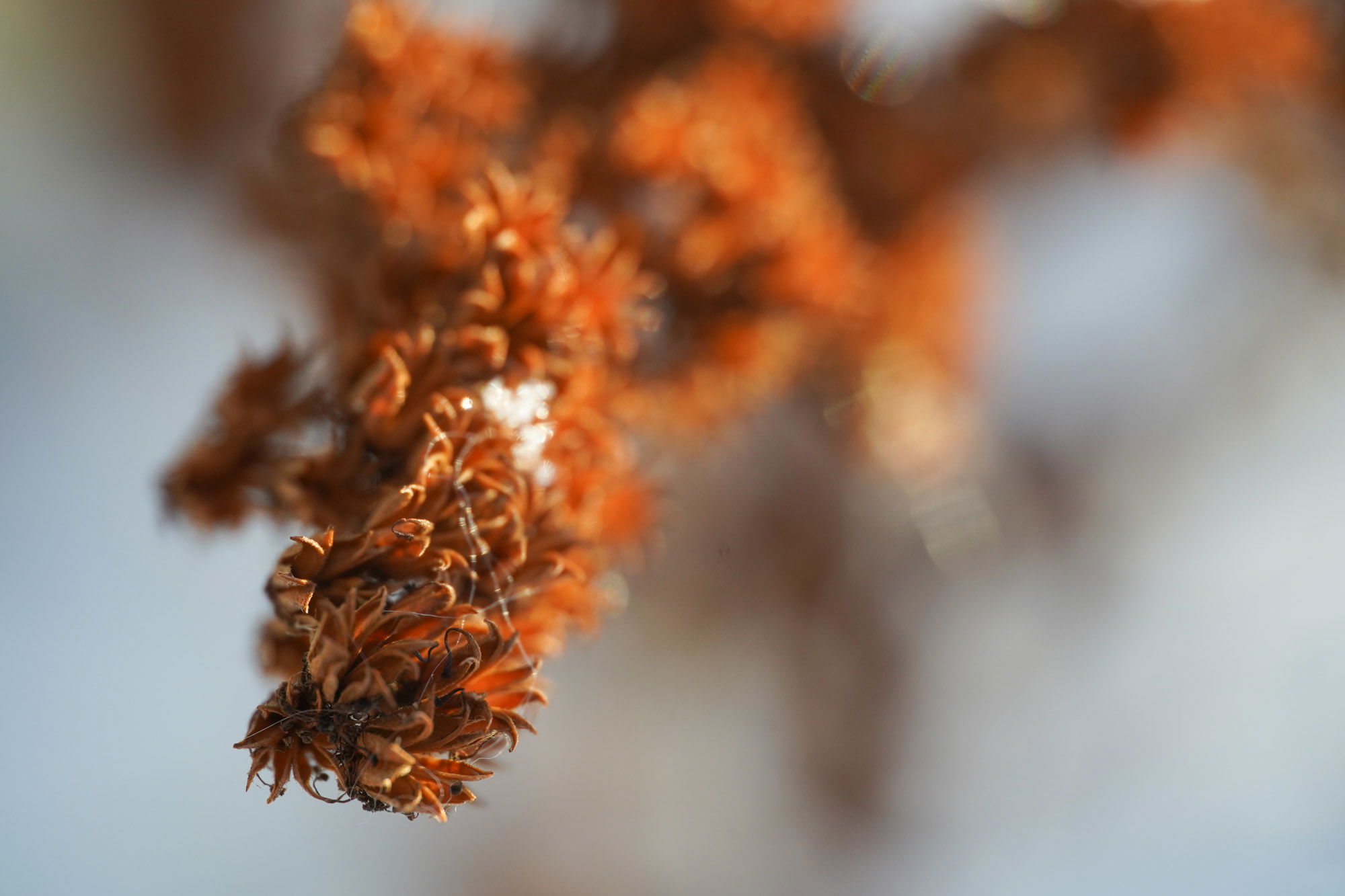
Color and Contrast
The images produced by the Laowa 85mm macro are pleasantly neutral and accurate. This lens does not produce over-the-top saturation or contrast. The images will react well to post-processing, which is desirable for a macro lens. At F5.6, however, contrast is significantly decreased at the widest F5.6 aperture.

Starbursts
Starbursts with the Laowa 85mm are pleasant at smaller apertures. They are well shaped, tapering nicely without becoming distracting. Wider apertures (such as they are) do not show starbursts.
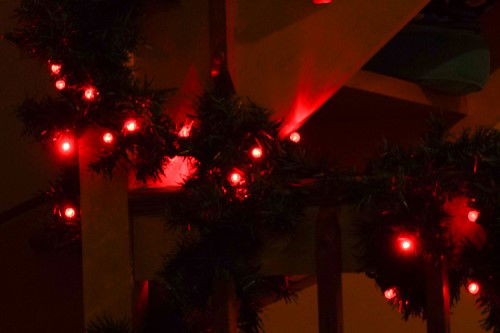
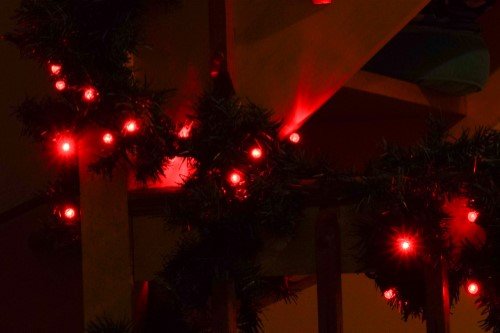
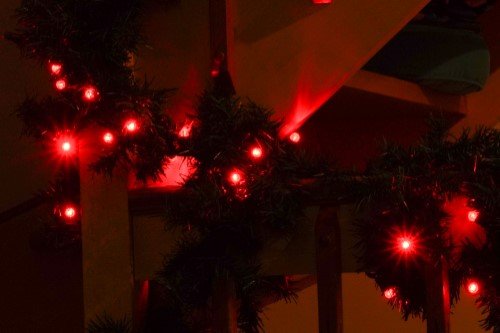
Metering and Exposure
Exposure was mostly consistent and reliable. We observed some rare occurrences of underexposure, but these were not frequent.
Sharpness
Sharpness, or a lens’s ability to resolve small details, is far from the only important characteristic of a lens, but it is probably the one which many users look at first. Soft images distract the viewer and the sharpest point in an image draws the eye of the viewer.
There are several ways to measure resolution. Some are quantitative, such as the number of lines per millimeter that can be resolved, while others are comparative, such as using a standardized scene to pit lenses against one another. We will use the latter, and supplement it with real-life samples.
To evaluate sharpness, we use a standard test chart that can be used to compare lenses to one another. We place the camera and lenses at a distance of 100x the focal length, so that the chart occupies the same area on all test images. This results in distances of 8.5 m in the present case. The chart is positioned successively in the center, on the edge and corner off the frame, testing all apertures each time. Focus is repeated for each position to avoid field curvature contributions.
This test will not show how good a lens can be. Quite the contrary, it is a stress test to illustrate the limits of a lens’s capabilities.
Resolution is of course sensor-relevant. For this test we use the A7C camera’s 24 MP sensor.
Test results at 85mm
The following images illustrate the results at all apertures at 85mm.
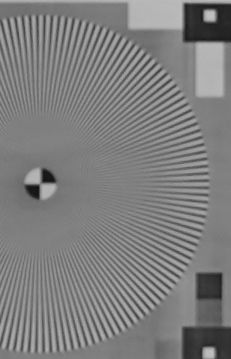
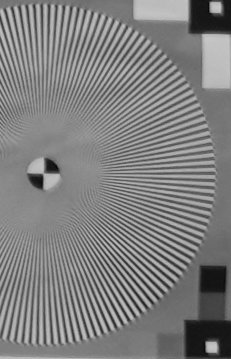


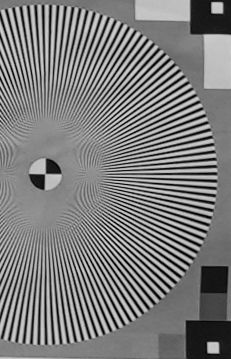

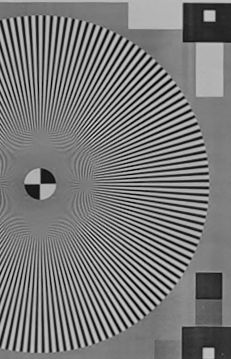


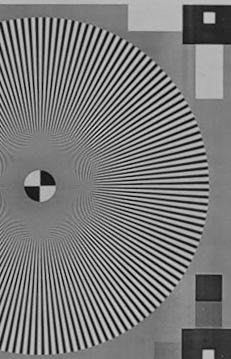
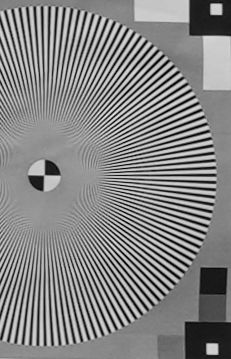
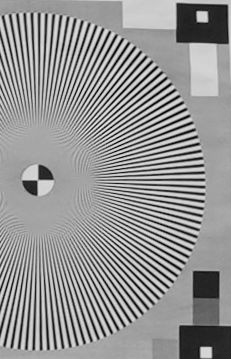
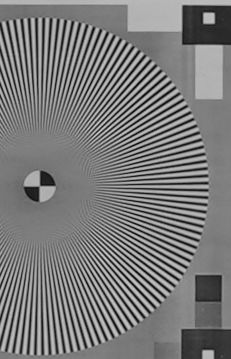
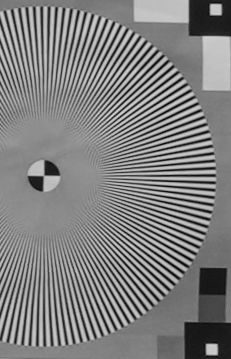
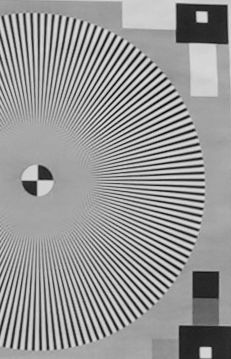
These results illustrate the Laowa 85mm’s capabilities.
Center sharpness is superb, except at F5.6. This widest aperture produces nearly unusable images, with a lack of resolution. Between F8 and F16, however, the lens produces excellent center sharpness, which decreases only slightly at F22.
Edges and corners are essentially identical to the center. Disregarding the poor results at F5.6, this is actually impressive. The lens shows near-perfect uniformity over the whole frame.
The images below show a real-life example of the lens’ capabilities.
Summary
It must be accepted that the Laowa 85mm F5.6 macro is, in fact, an F8 lens. The differences between F5.6 and F8 are enormous. It is understandable that the manufacturer didn’t want to put an F8 label on the lens, of course.
These results further support the assumption that this lens is designed, almost exclusively, for macro. Indeed, there is little problem with a macro lens being limited to F8 and smaller apertures. Expectations of any buyers should be along those lines.
Vignetting
Vignetting, or the darkening of corners at wider apertures, is both a defect and a feature, as it can be used creatively to put emphasis on subjects closer to the center, create a mood or a vintage look. It can also be corrected automatically by modern cameras so is less of a problem than in the past. That is only true for lenses with electronic contacts, which excludes the Laowa 85mm.
The following chart illustrates the vignetting of the lens for full frame when left uncorrected.
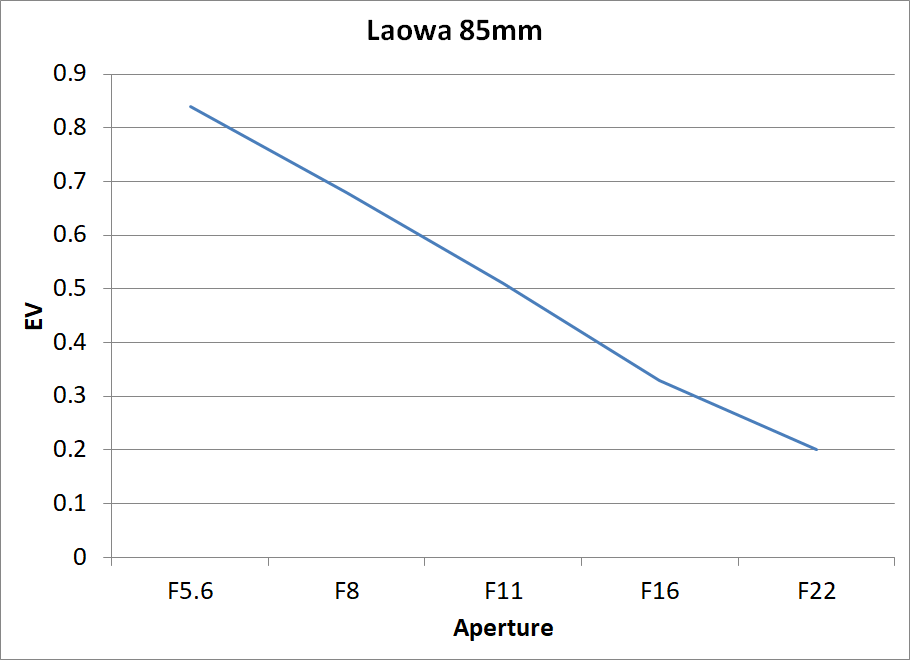
Vignetting is one area where the Laowa 85mm does better than expected. Even at F5.6, the effect is below 1 EV and will be hard to spot in most situations. Vignetting goes downwards from there, and won’t be a problem in normal shooting scenarios.
The images below show the lens’s vignetting at varying apertures.
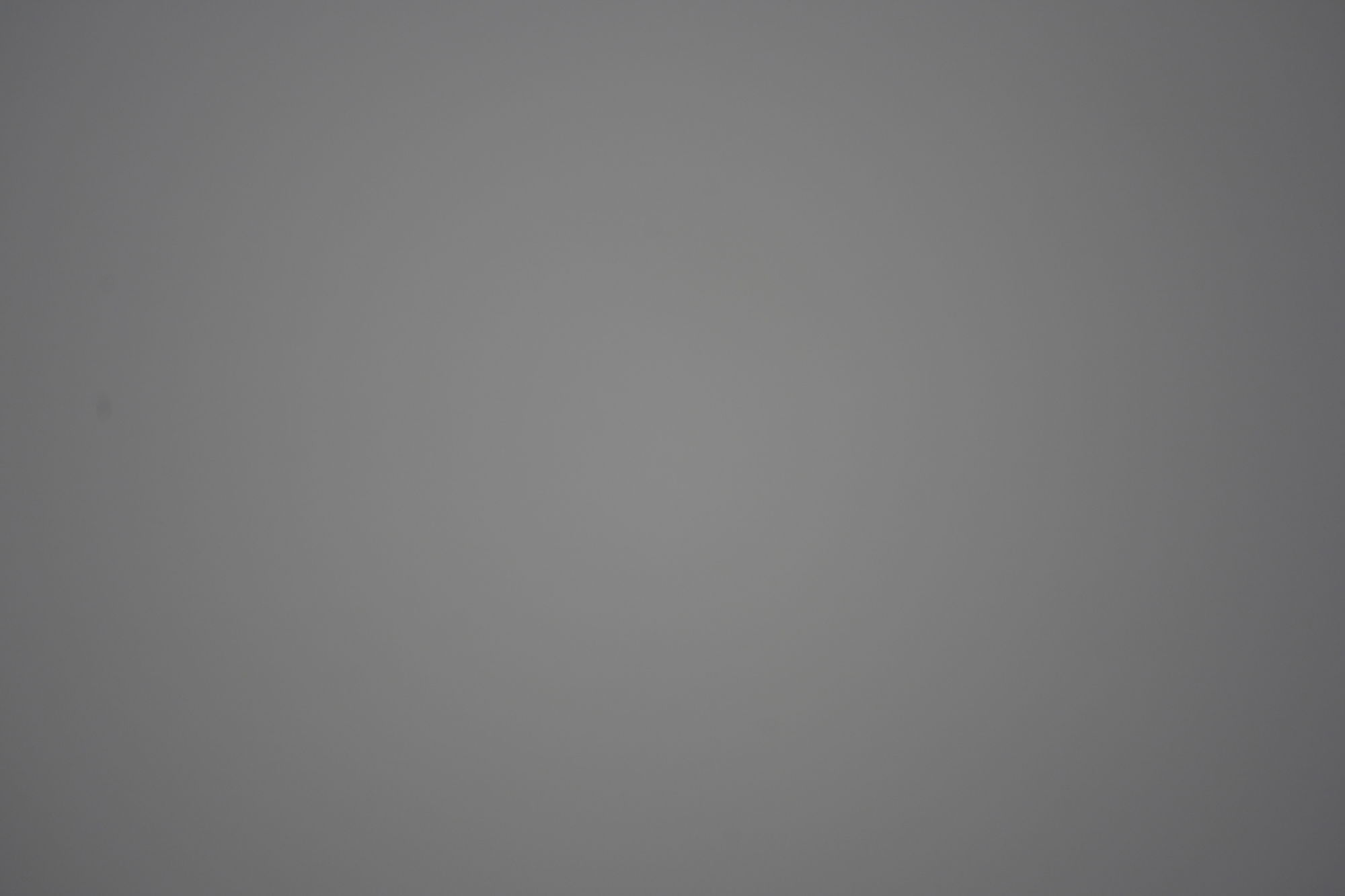
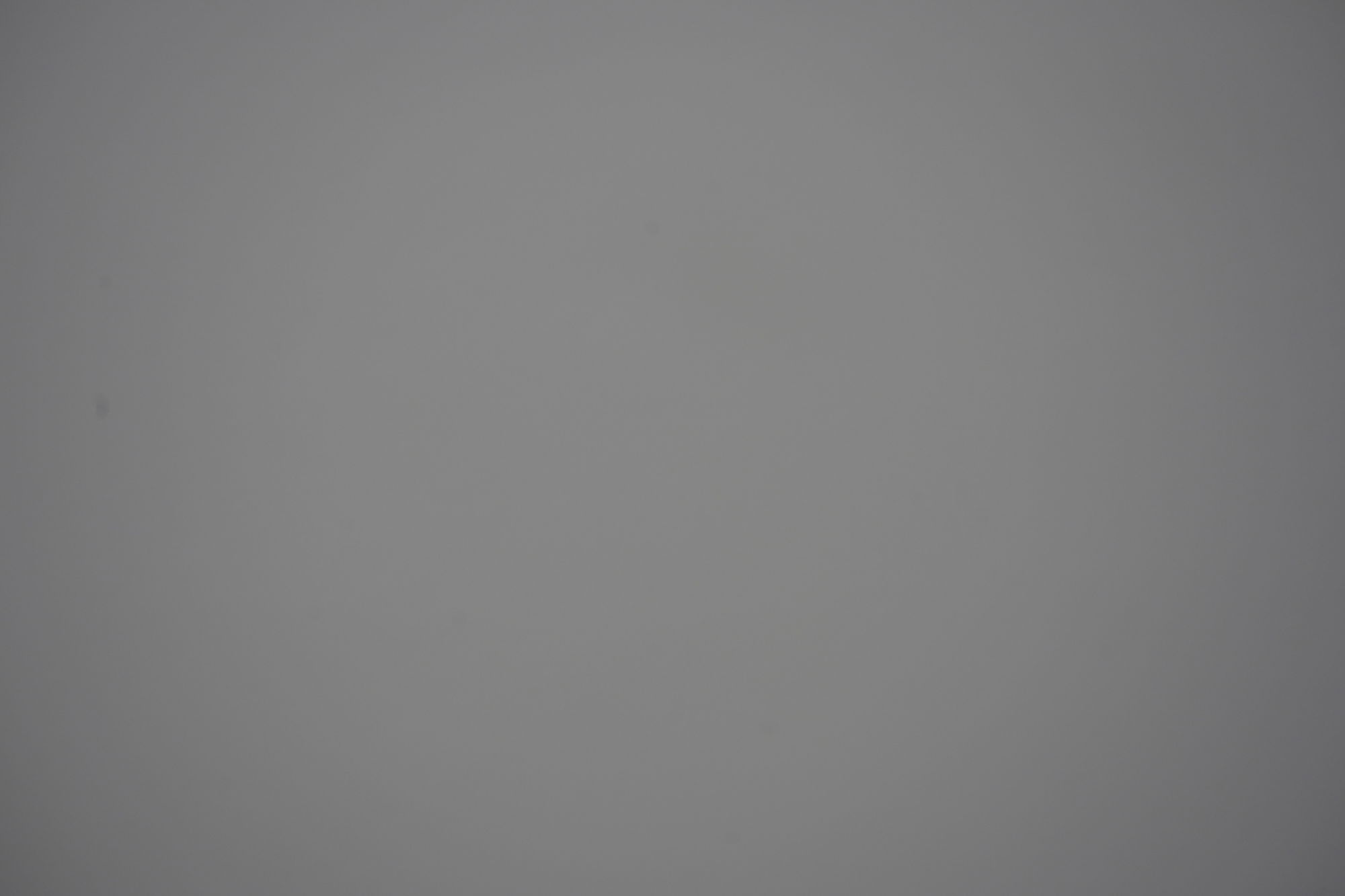

Bokeh
Bokeh is a Japanese term describing the quality of the background blur. It does not relate to the depth of field but to the areas in the image that are beyond the range that is expected to be in focus.
Bokeh is highly subjective. In general, a smooth bokeh with blurred shapes and contours is generally perceived as being of a higher quality. A shallow depth of field does not always equate a more pleasing bokeh.
To evaluate the characteristics of the background blur, we took pictures at varying apertures, using a scene with a lot of detail and bright highlights. The following images show the results.
Even though the Laowa 85mm only offers a F5.6 aperture, it’s still able to produce pleasing out-of-focus blur. Transitions are gradual and textures are nicely creamy. Larger highlights, such as light sources, are nicely rounded and smooth, but smaller highlights take on the shape of the aperture at medium apertures (note all of the white spots at F11 and beyond). At F16 and F22, the background gets a bit buzzy, but to be fair this is still better than what most lenses can produce.
This lens is not the best we’ve seen regarding bokeh, but these results are worthy of a macro lens.
Flare and Ghosting
Flare is a decrease in contrast caused by reflections on internal lens elements. Ghosting is the appearance of orb-shaped artifacts in an image containing a light source, caused by the same internal reflections. High-quality coatings reduce the importance of flare and ghosting in an image.
We test flare and ghosting by taking pictures of a bright light source positioned at the center and on an edge of the frame, at varying apertures.
Test results at 85mm
In the center, ghosting is present at all apertures. The same ghosts become more of less defined with changing apertures, but they remain present at all times. Wider apertures add flare to the mix. F5.6 again shows its limitations, with stronger flare than other apertures.
With the light in the corner, results are much better. There is no flare to speak of except at F5.6 where it is prominent. Ghosting only becomes important at F11 and smaller apertures.
Chromatic aberration
Chromatic aberration (CA) occurs because different colours do not always have the same focal point. With modern lenses designs, which are better corrected than vintage designs, this is more likely to occur in out-of-focus areas. CA effects are more visible near fast transitions from bright to dark areas.
Most modern cameras have built-in tools to remove CA. Digital manipulations can have an impact on other aspects of an image, thus it is useful to know how a lens performs when those automatic corrections are disabled. Of course, manual lenses such as the Laowa 85mm don’t supply information to the camera for automatic removal.
Our test sets up the camera at 45° and focuses on the center of the frame, with targets at the center, top and bottom. Images are captured at varying apertures.
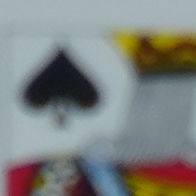
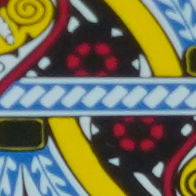

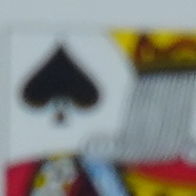
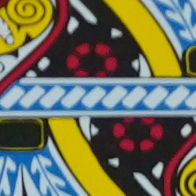
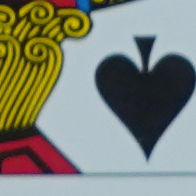


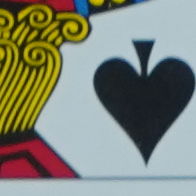



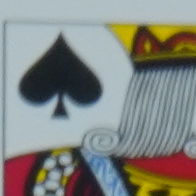
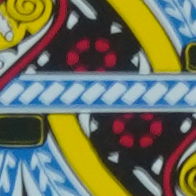

Regardless of the aperture or position in the frame, there are no occurrences of chromatic aberration with the Laowa 85mm. It doesn’t get any better than this.
Purple fringing
There were no occurrences of purple fringing in our tests with the Laowa 85mm.
Distortion
Distortion refers to a lens’s ability to represent straight lines as straight lines… Wide angle lenses frequently generate barrel distortion, while longer focal lengths are more likely to cause pincushion distortion.
The Laowa 85mm is a short tele lens. As such, we expect good control over distortion.
We use a standard test pattern of straight lines.
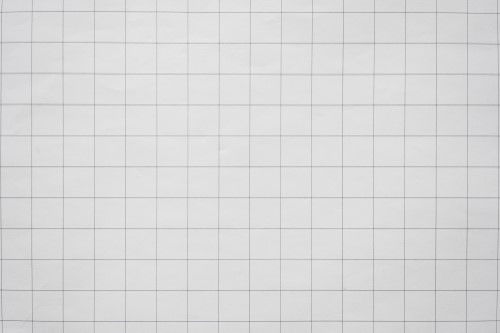
The Laowa 85mm shows almost perfect control over distortion. We measured 0.3% of barrel distortion, which will have no impact on images whatsoever.
Sample images
Here is a gallery of samples images captured with the Laowa 85mm. You can click on individual images for a larger view.

A7C, F8, 2x 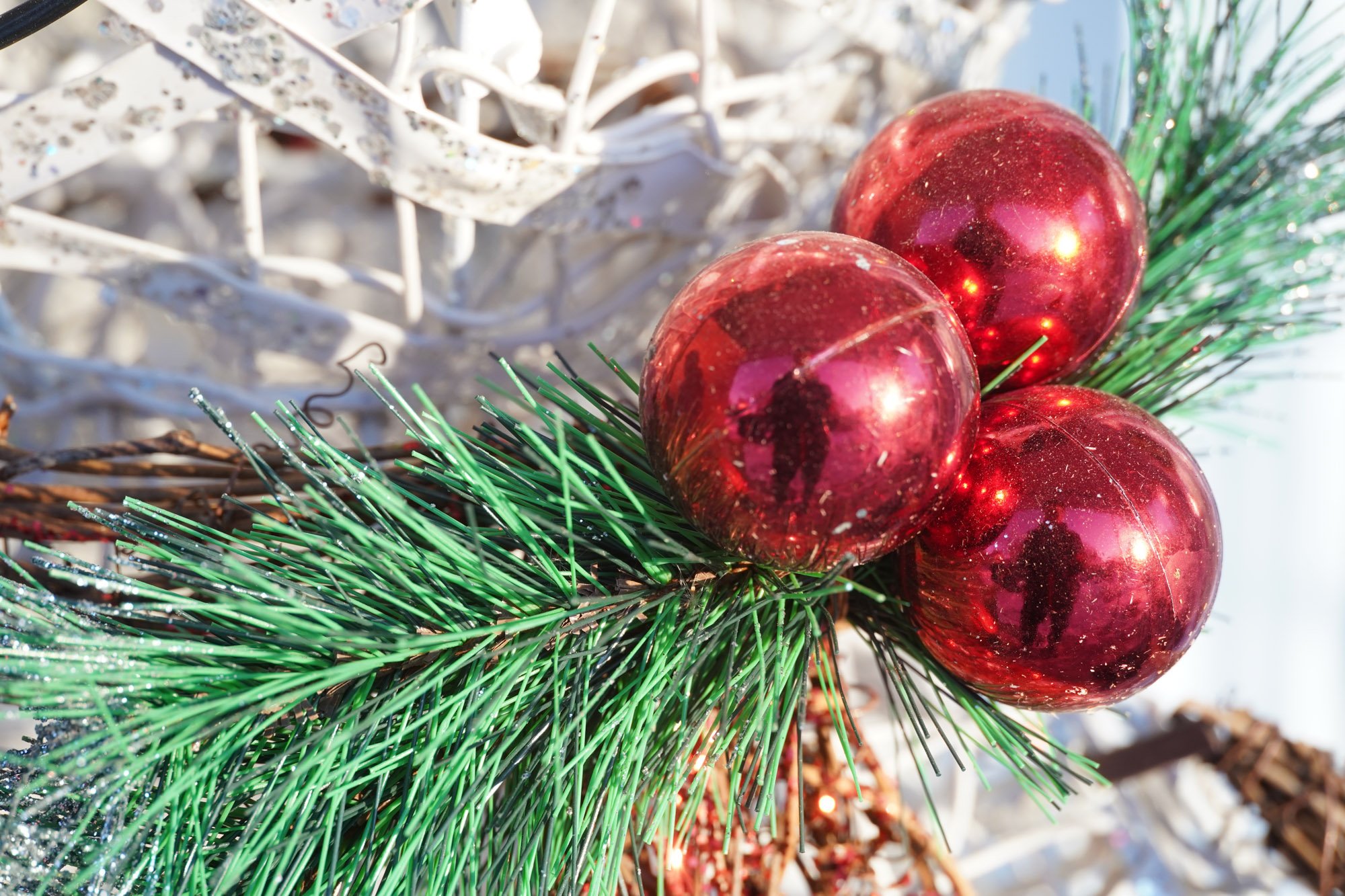
A7C, F8, 1x 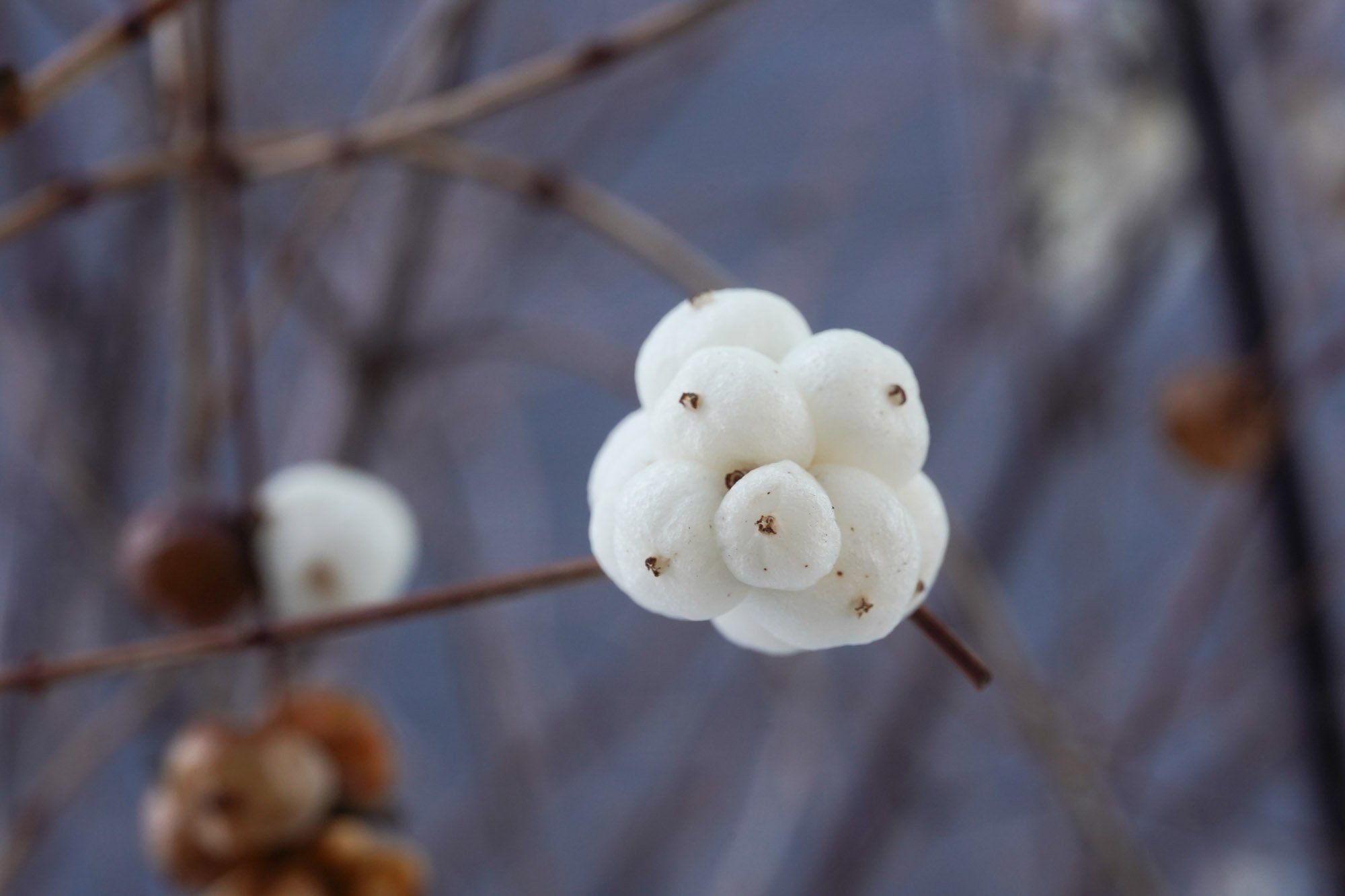
A7C, F11, 1.5x 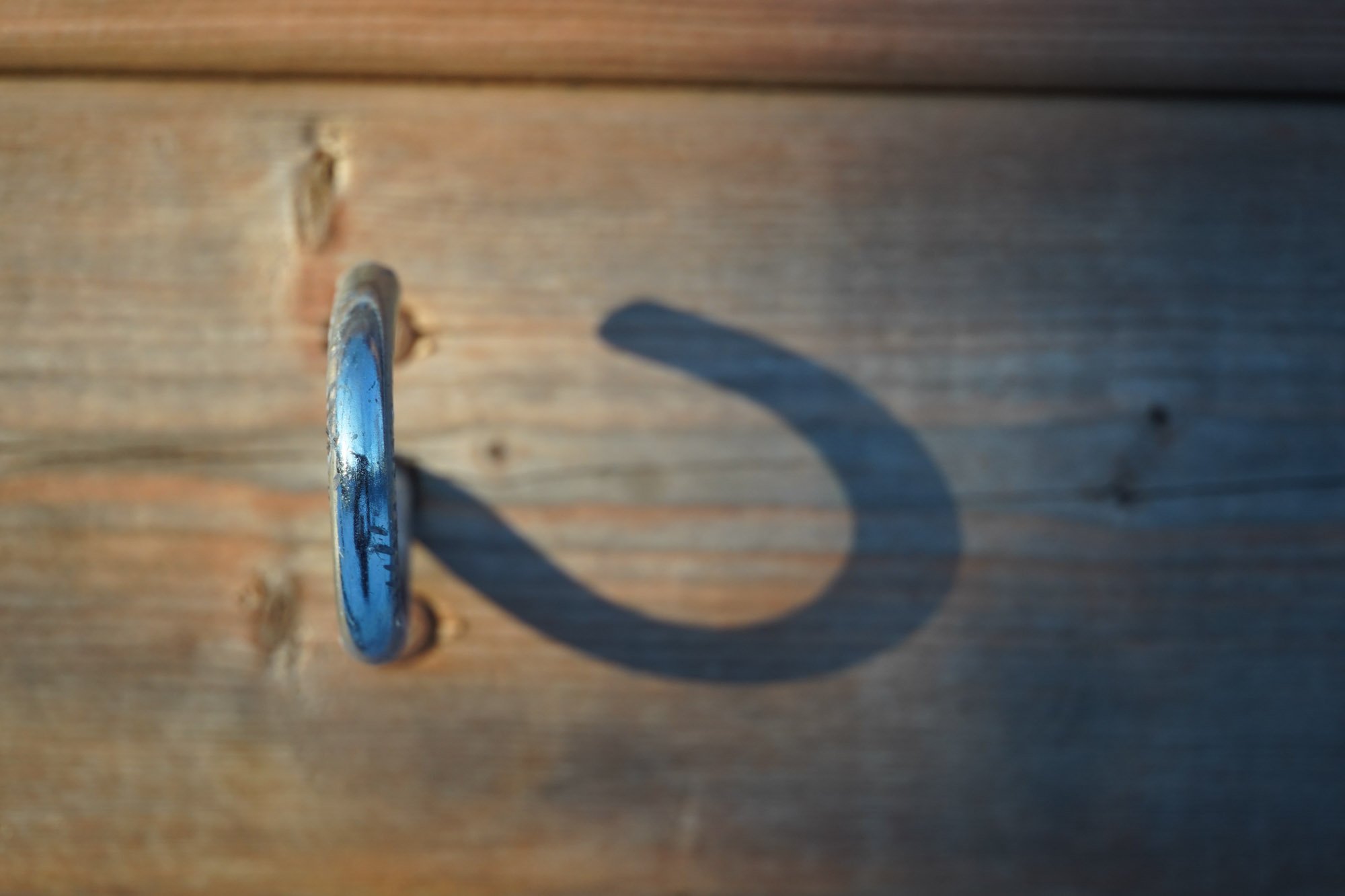
A7C, F5.6, 1x 
A7C, F8, 1x 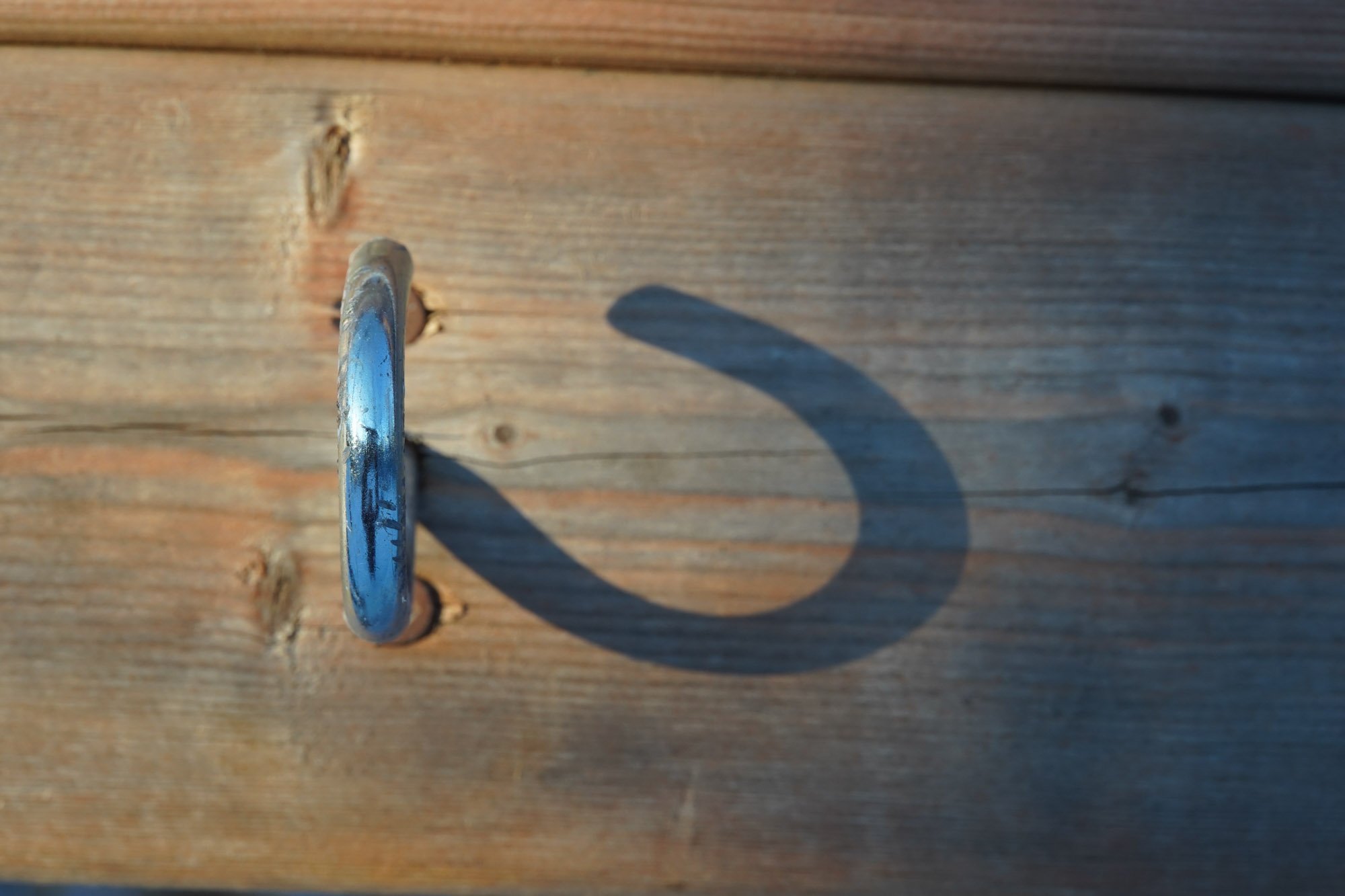
A7C, F11, 1x 
A7C, F16, 1x 
A7C, F5.6, 2x 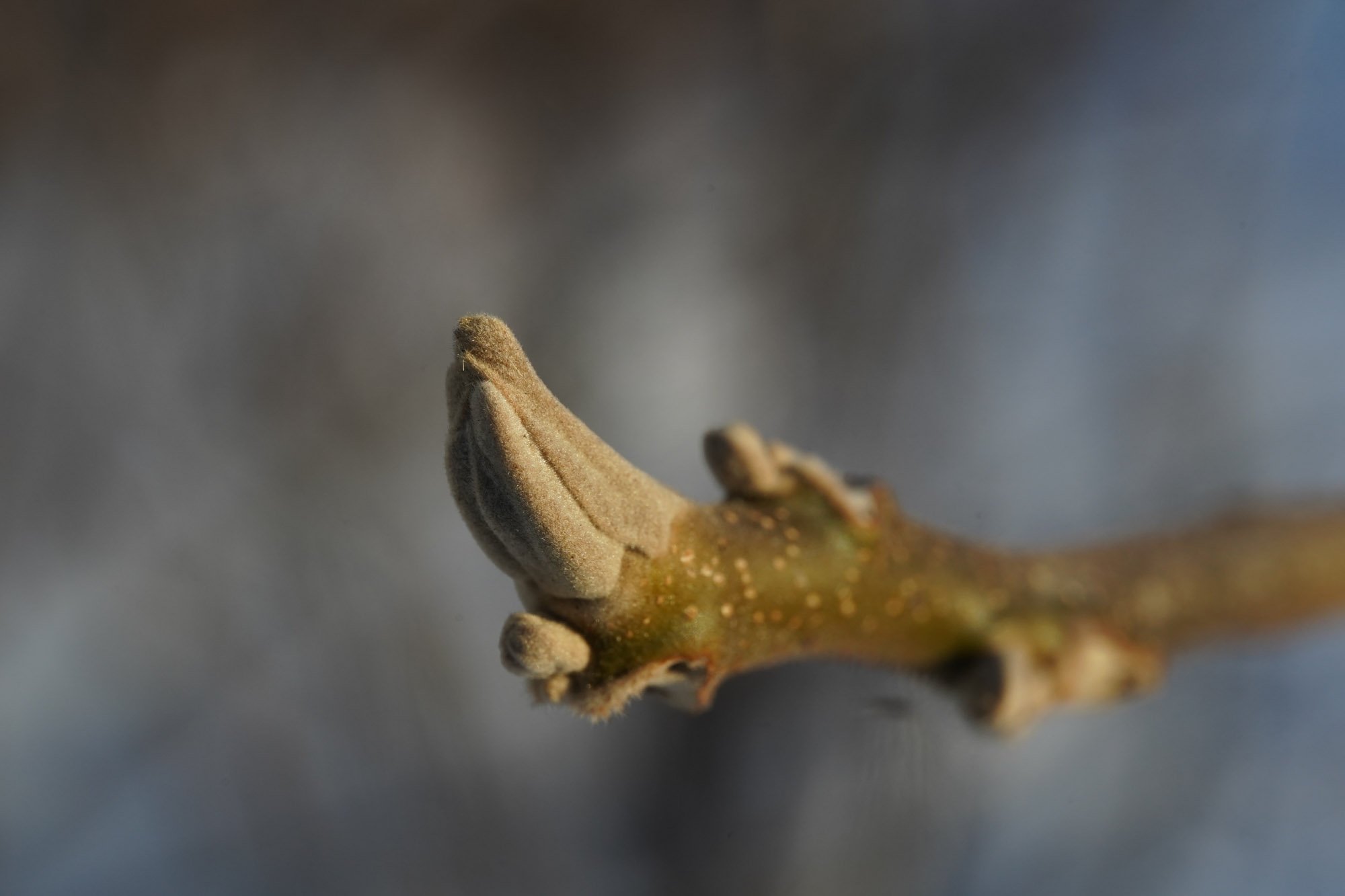
A7C, F11, 1.5x 
A7C, F11, 0.7x 
A7C, F8, 0.5x 
A7C, F5.6, 0.5x 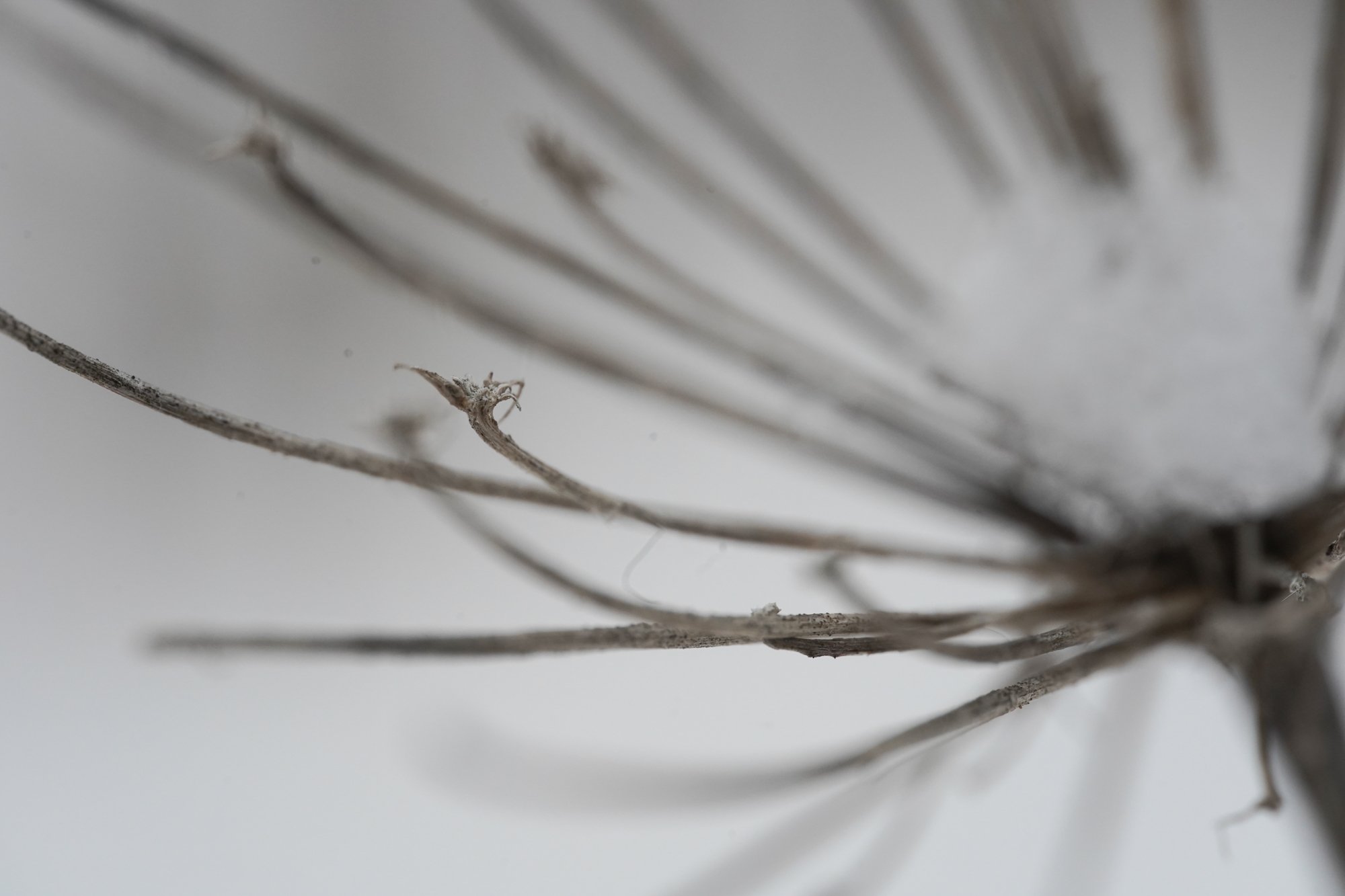
A7C, F11, 2x 
A7C, F5.6, 1x 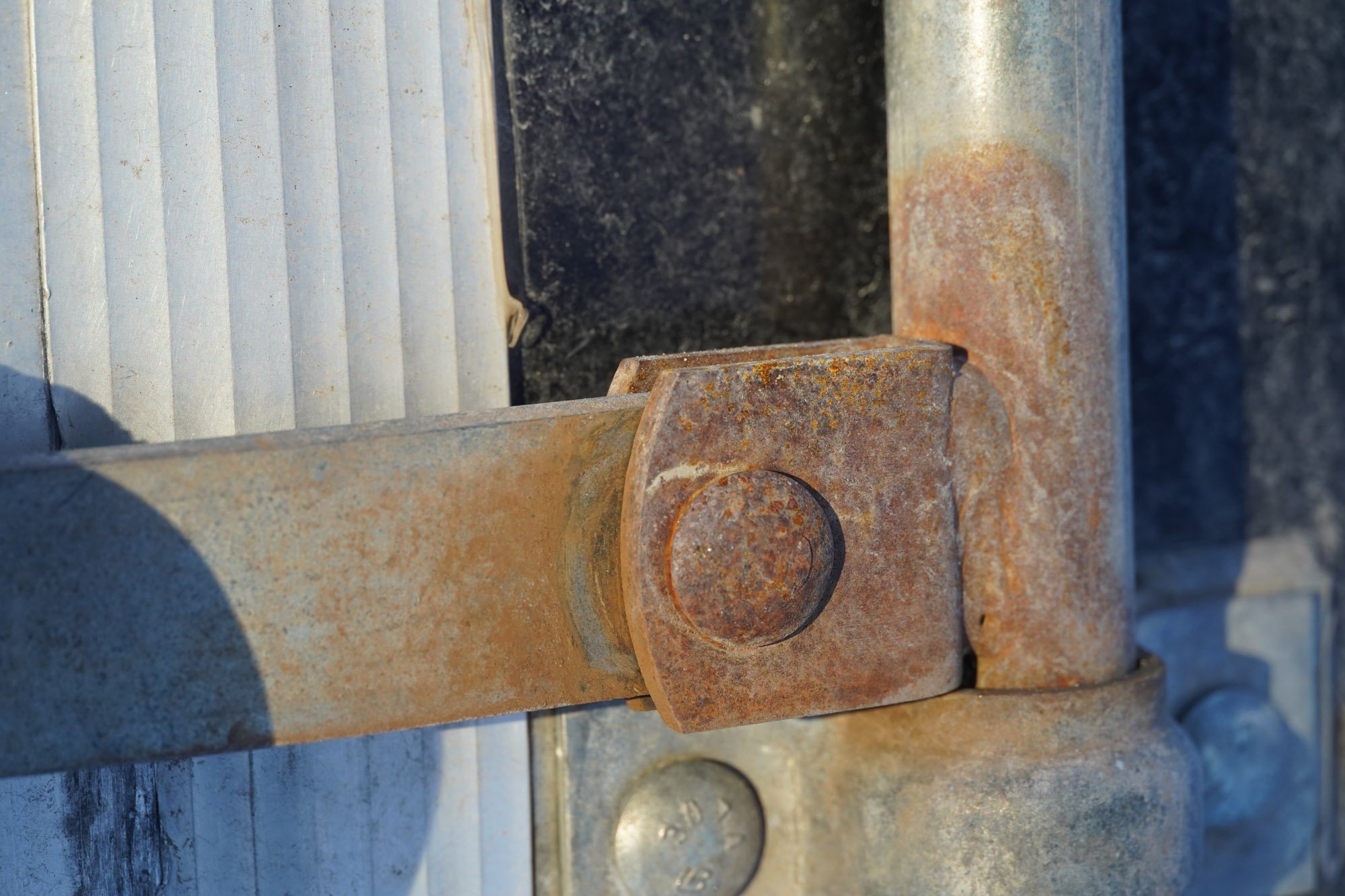
A7C, F8, 0.5x 
A7C, F11, 1.5x 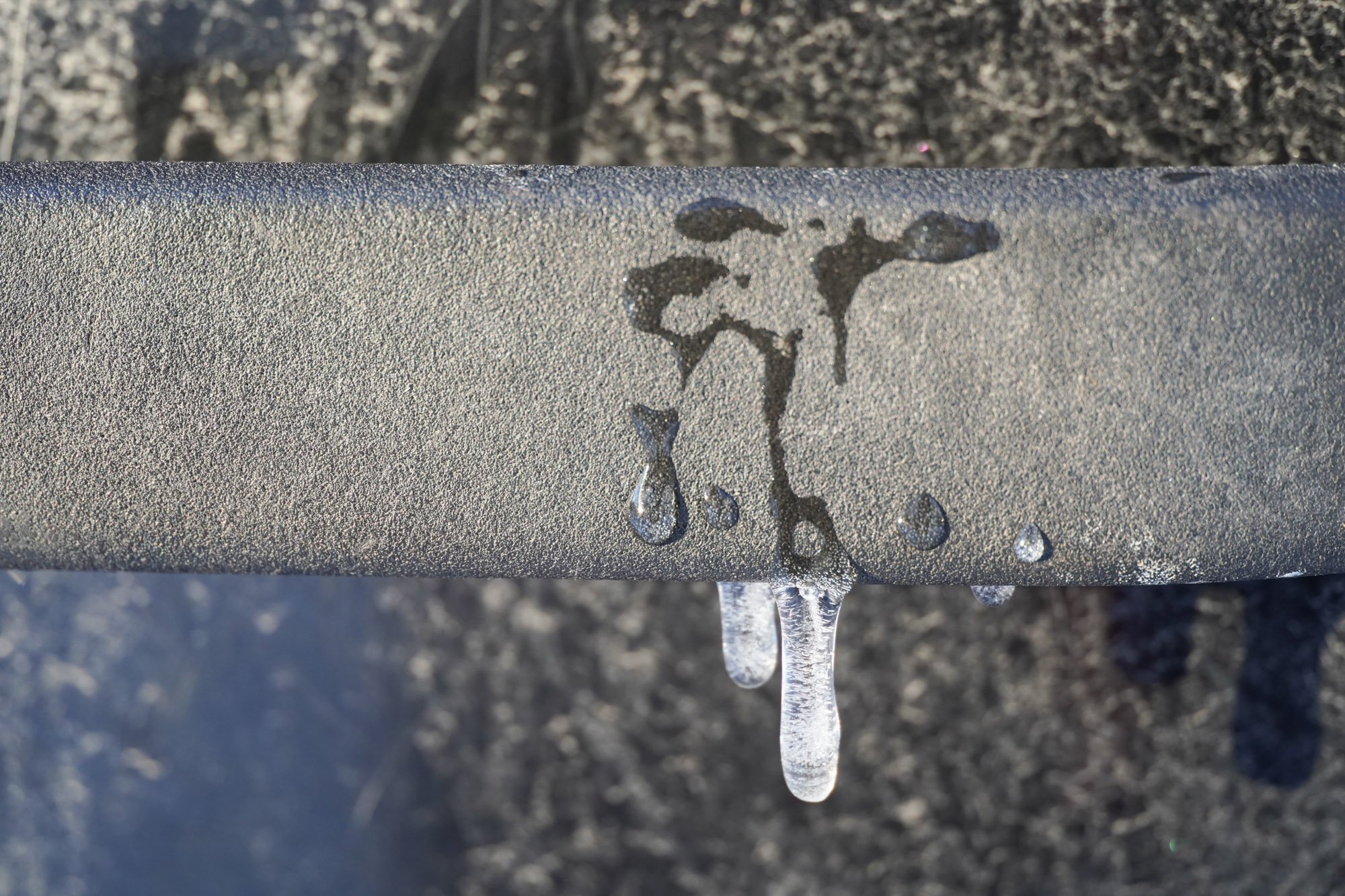
A7C, F5.6, 1x 
A7C, F8, 2x 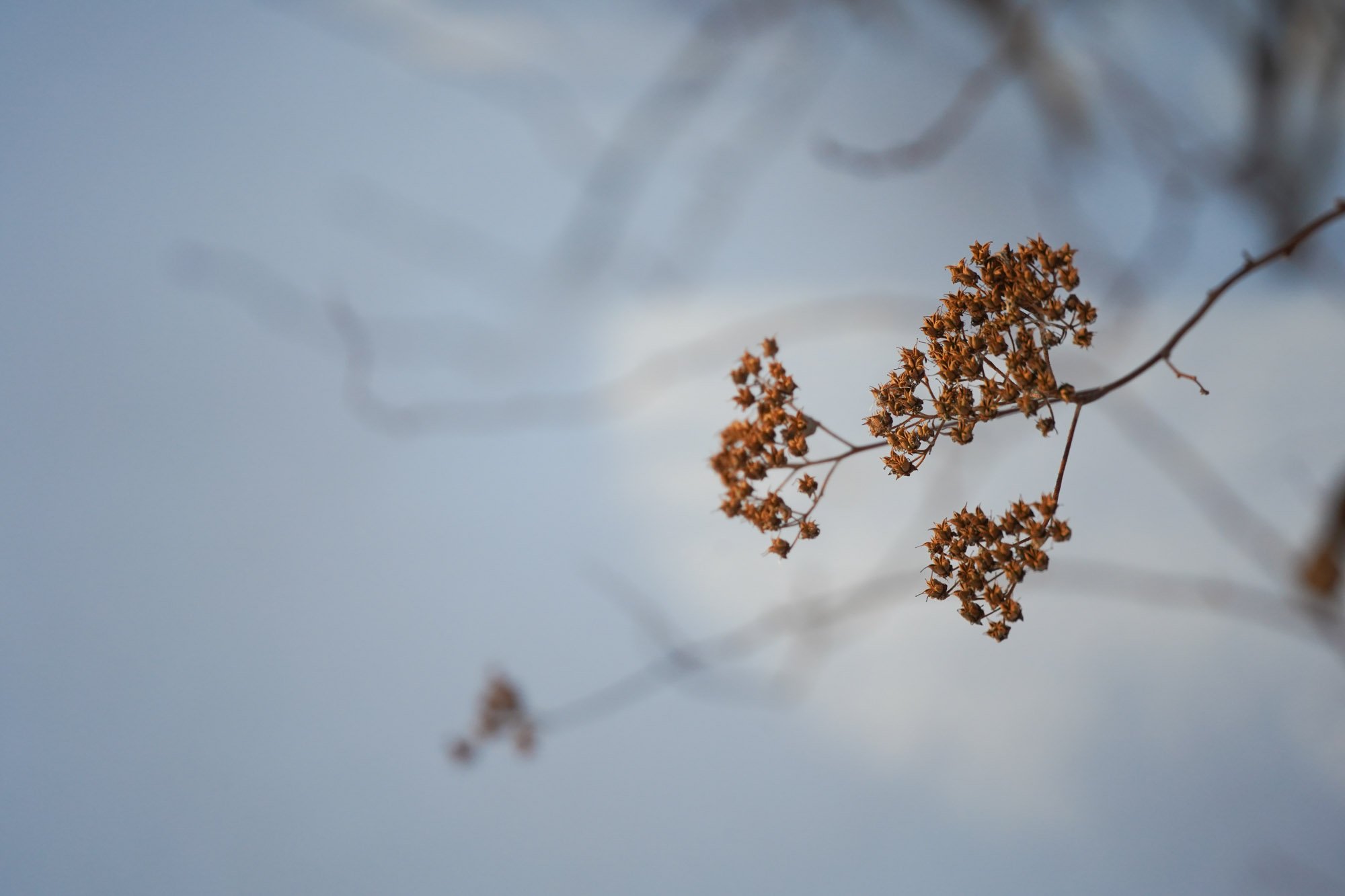
A7C, F5.6, 1.5x 
A7C, F11, 2x 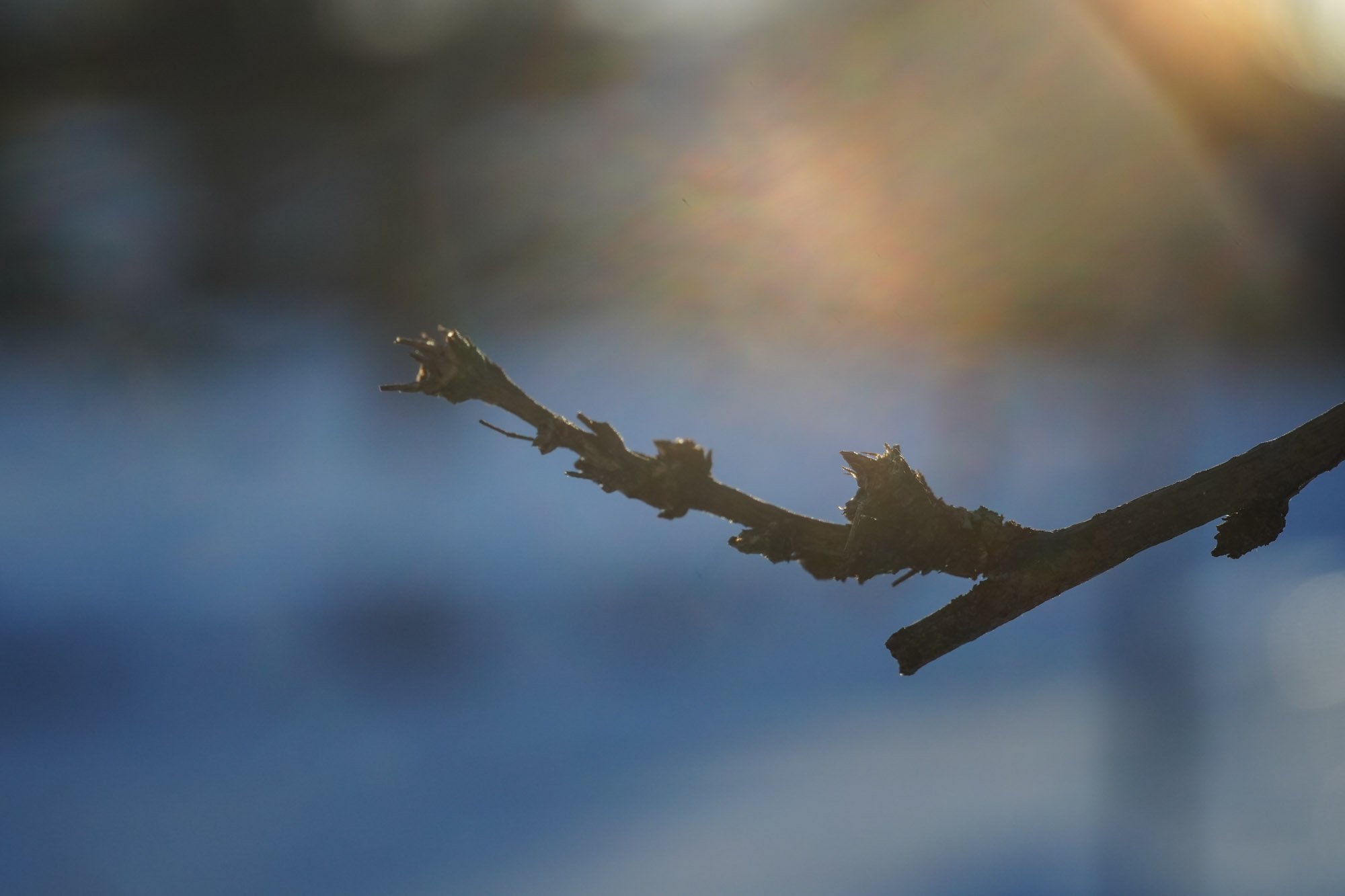
A7C, F8, 1x 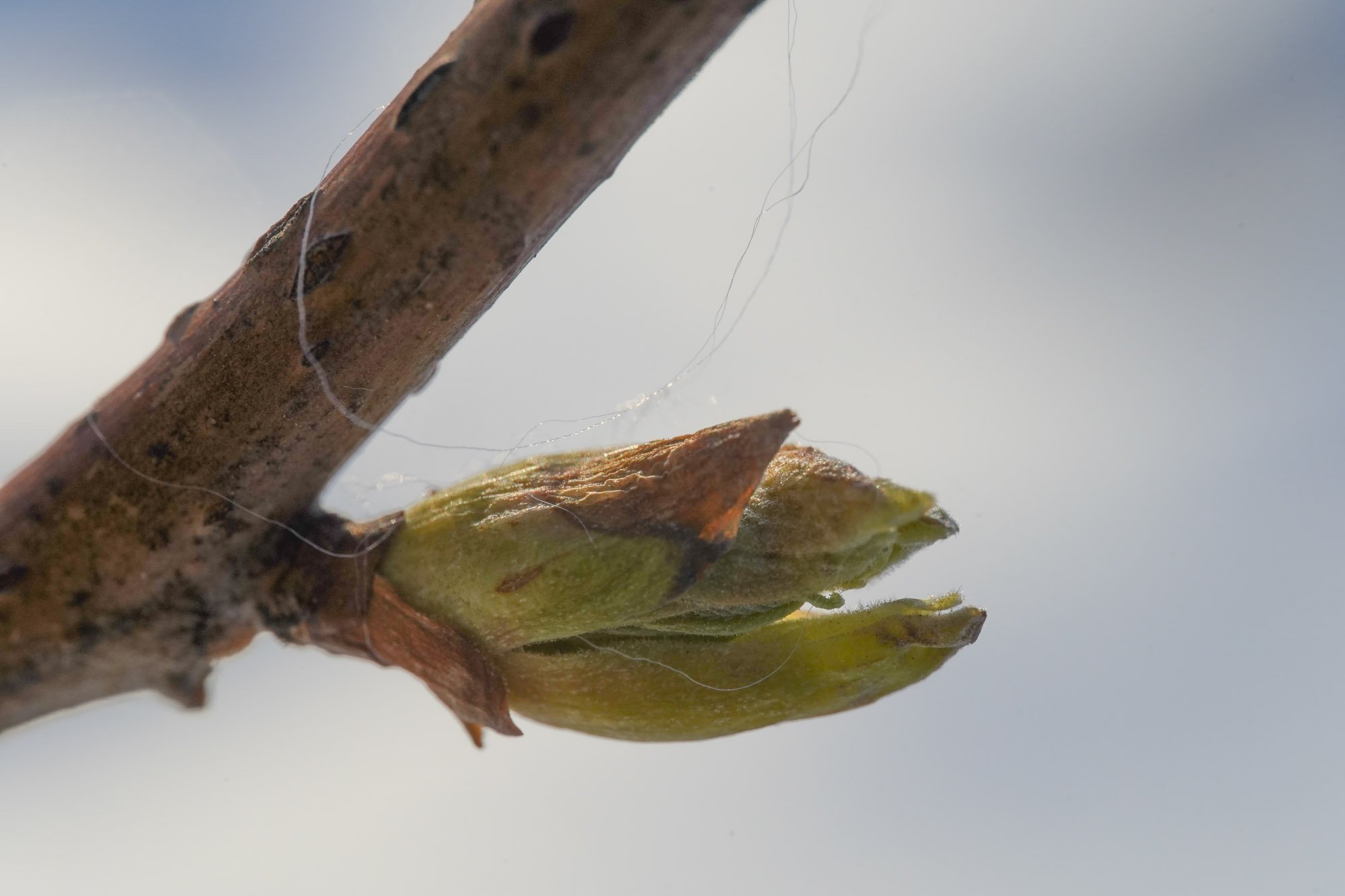
A7C, F11, 1x 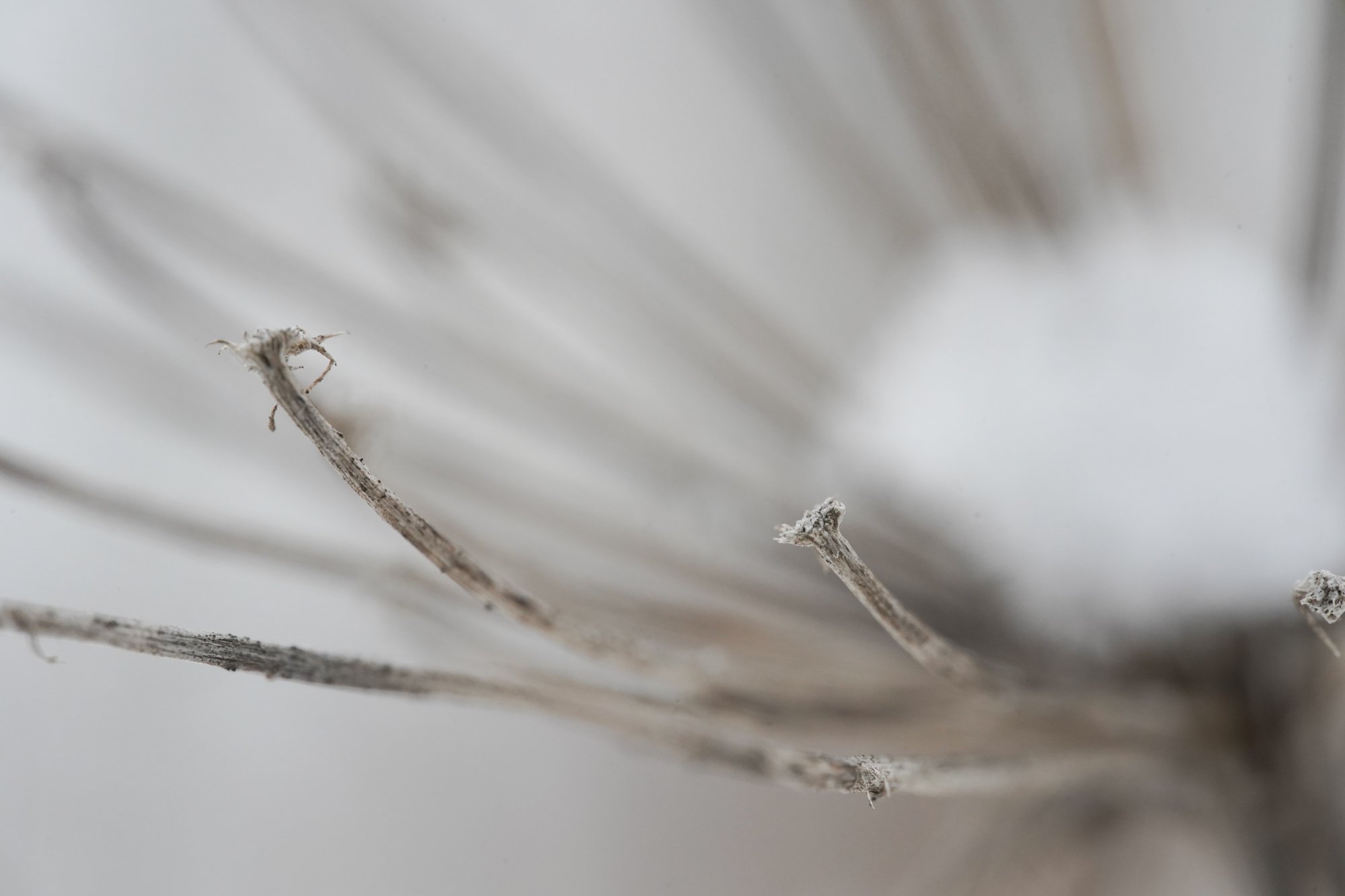
A7C, F8, 2x 
A7C, F11, 1x 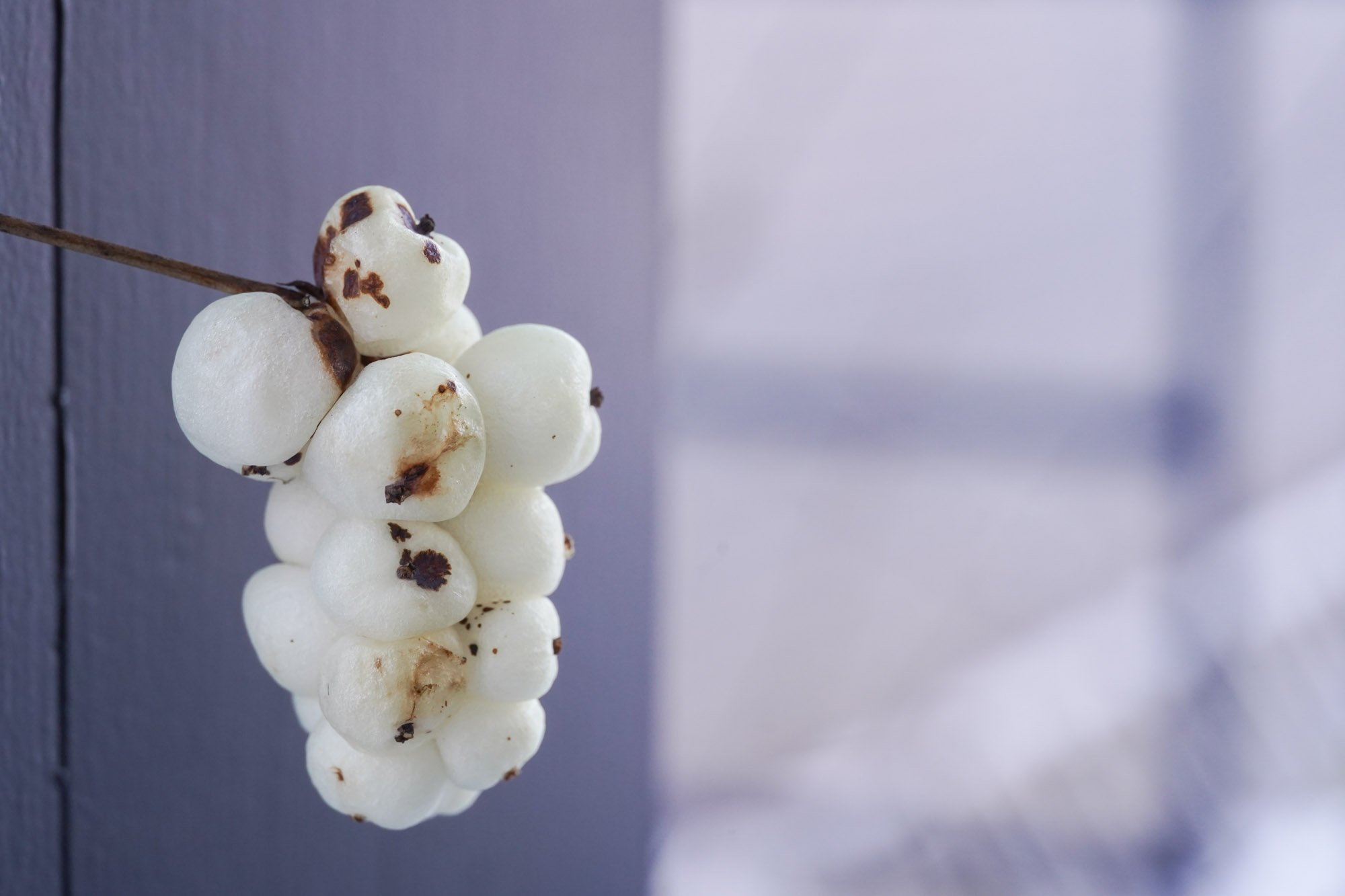
A7C, F8, 1x
Conclusion
The Laowa 85mm is certainly an uncommon lens.
With its minuscule size and slow maximum aperture, it’s easy to dismiss the lens as a toy, unworthy of consideration. Doing so would be a mistake.
The Laowa 85mm F5.6 is good for one thing: macro. People considering this lens for other purposes should look elsewhere. For macro, however, it shines.
Its small size makes it easy to carry anywhere and handle. Its metal body makes it rugged. Its slow aperture and manual operation won’t matter much for macro. Its 2x magnification is class-leading.
Build quality on the Laowa is excellent. The metal body is robust but still beautiful and elegant. The aperture ring clicks nicely and won’t move by accident, and the focus ring is a joy to use. The small size of the lens, achieved thanks to its small maximum aperture, is well matched to smaller mirrorless bodies. The only drawback from the lens’ ergonomics is that the hood, when reversed, covers the whole of the aperture ring.
Optical performances are, for the most part, excellent, with one caveat: the Laowa 85mm should not be used at F5.6. It is, in truth, an F8 lens. Sharpness is simply too low at F5.6. Stop down to F8, however, and sharpness across the frame is stellar at F8.
Vignetting is very good, hardly noticeable even wide open.
Chromatic aberration completely absent.
Distortion control is near perfect, reaching no more than 0.3%.
Bokeh and out-of-focus rendering is extremely pleasing, with gradual transitions smooth textures. Smaller apertures show polygons instead of circles on the highlights, something to be aware of. It would have been nice to create a rounder iris at smaller apertures.
Flare and ghosting are a good with the source in the corner, but only average when it is in the center.
Starbursts are nice, but not overwhelming..
Manual focusing is as good as we’ve come to expect from Laowa. The ring operates smoothly, with a long throw and good precision.
In summary, the Laowa 85mm F5.6 2x Ultra Macro is an excellent macro lens, as long as it is used within its capabilities. For anything else than macro, it is likely to disappoint. For macro, its high magnification, excellent sharpness and uniformity, small size and well-controlled aberrations, along with its moderate price, make it a strong contender.
Pros
- Light and compact
- Metal constructionExcellent sharpness and uniformity at nearly all apertures
- No chromatic aberration
- Low distortion
- Good control over flare and ghosting
- Great bokeh rendering
Cons
- Slow maximum aperture
- Mostly useless F5.6 aperture
- Some flare and ghosting
- Reversed hood covers aperture ring
Before You Go
Do you already own this lens? Are you curious about it? If you do, we’d love to hear your thoughts in the comments below.
Check Price for the Laowa 85mm F5.6 2x Ultra Macro APO
At: Venus Optics | B&H Photo

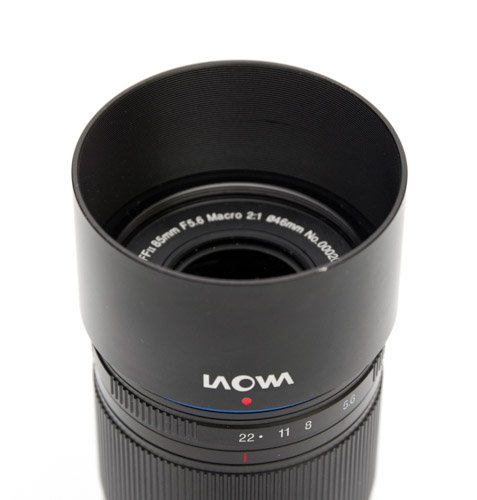
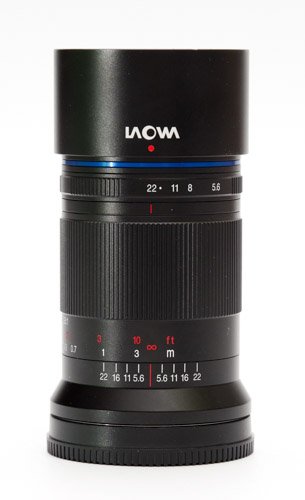



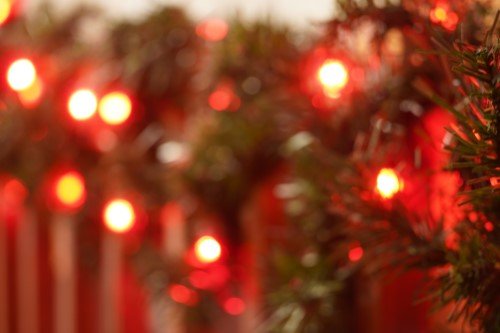
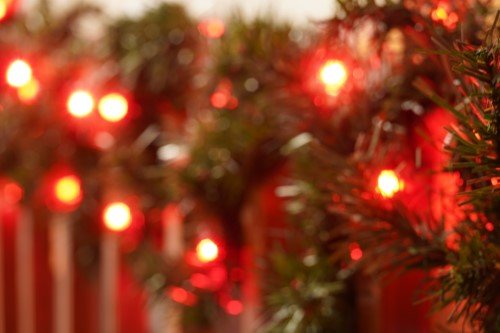

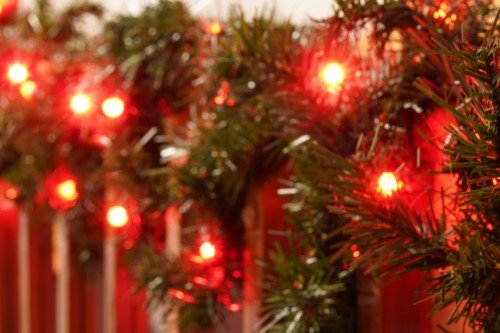
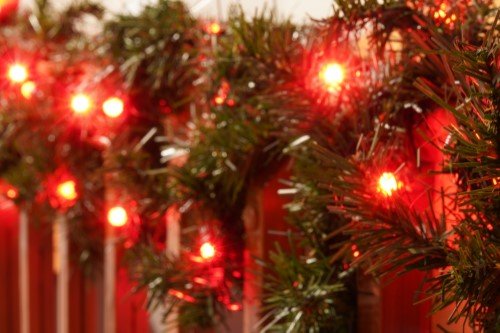
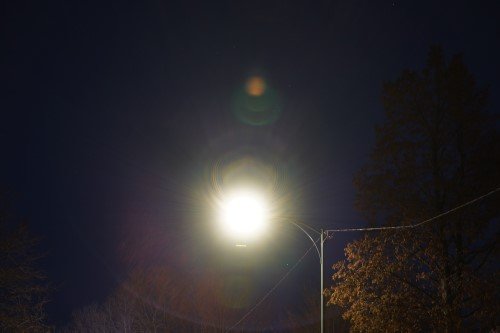
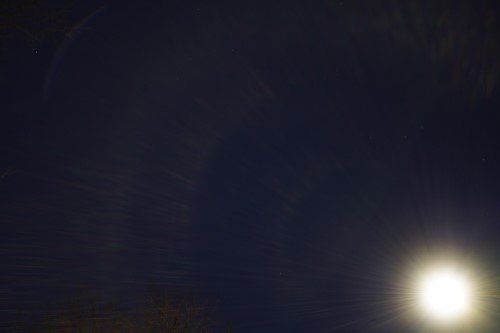
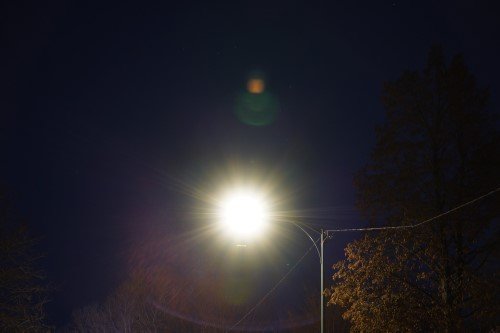


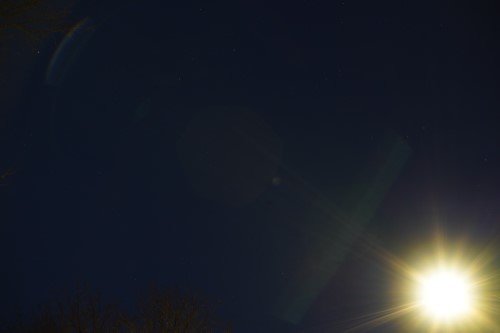
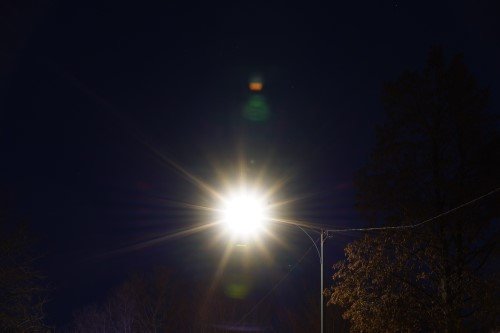
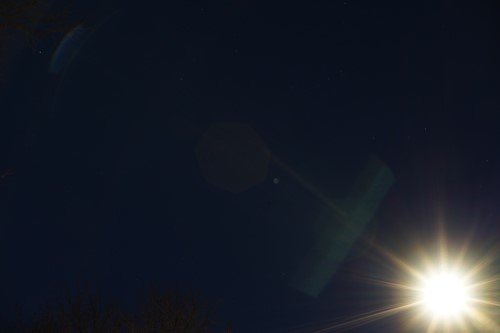
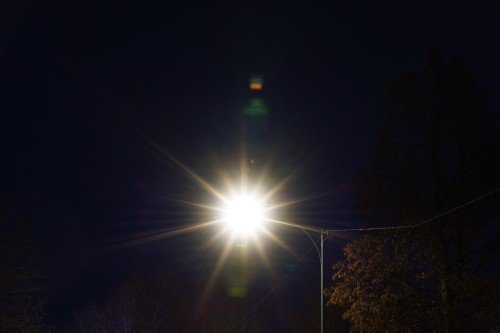
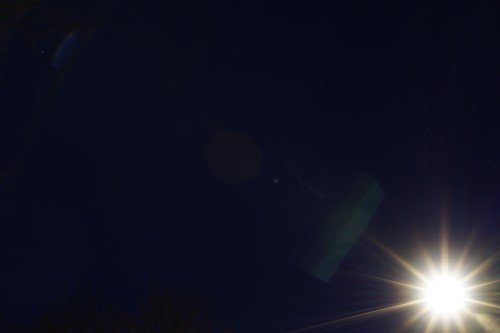

Leave a Reply